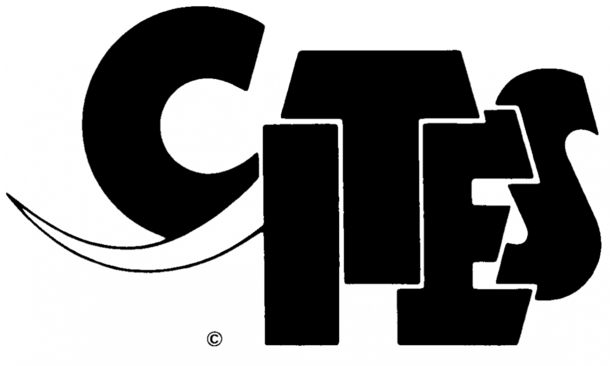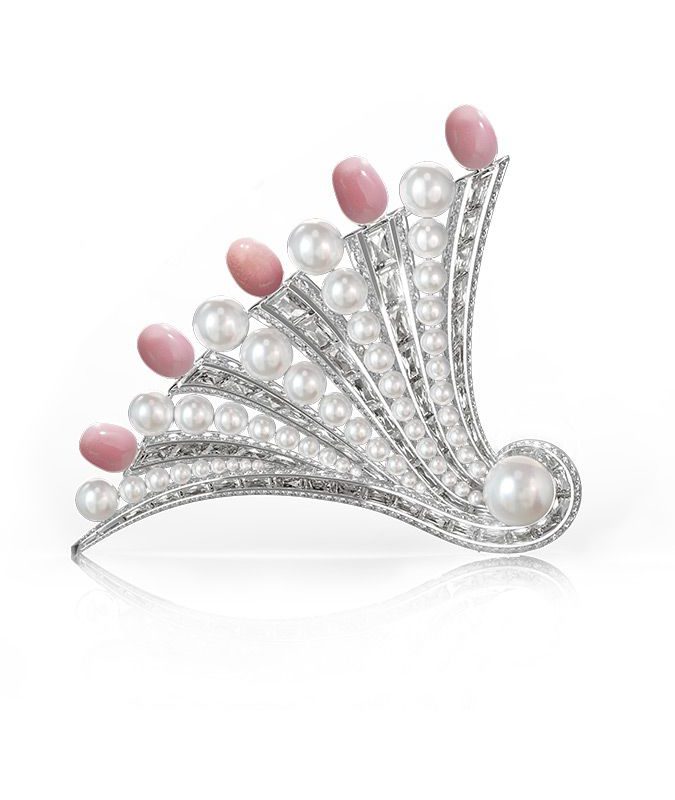Your Conch pearl needs a CITES!
First of all, CITES stands for Convention on International Trade in Endangered Species of Wild Fauna and Flora. It regulates the trade of Queen Conch. Its Appendix II in 1992 listed the Queen Conch (Strombus Gigas). It includes species that may become threatened with extinction, without trade controls and regulations. CITES regulates the trade internationally through a system of permits. They are designed to ensure that trade is legal and will not threaten the species’ survival in the wild. In conclusion, your Conch pearl needs one, and you should be asking one to your provider.
One may import Conch Pearls into the United States from different parts of the Caribbean. First of all, those parts must not be subject to the trade prohibitions. Then, it has to be allowed by the country of export. Finally, it requires a specific documentation. The process is a bit strict, but it’s to ensure everything is under control. It involves the custom of the exporting country and the one of the importing country.
Countries from which import may be allowed include: Anguilla, Aruba, Bahamas, Belize, Bermuda, Brazil, British Virgin Islands, Cayman Islands, Colombia, Costa Rica, Grenada, Guadeloupe, Guatemala, Jamaica, Mexico, Montserrat, the Netherlands Antilles, Nicaragua, Panama, Saint Kitts and Nevis, Saint Lucia, Saint Vincent and the Grenadines, Turks and Caicos, and Venezuela.
It’s important to understand that those exportation licenses are crucial to prevent the Queen Conch from disappearing from the ocean. As an important element of the local ecosystem, the extinction of the species will have tremendous consequences. In conclusion, please make sure you have a CITES attached to your conch pearl when you purchase it. Even if you don’t think you need any, remember it’s crucial to make sure we enjoy those beauties from the sea for as long as possible.




